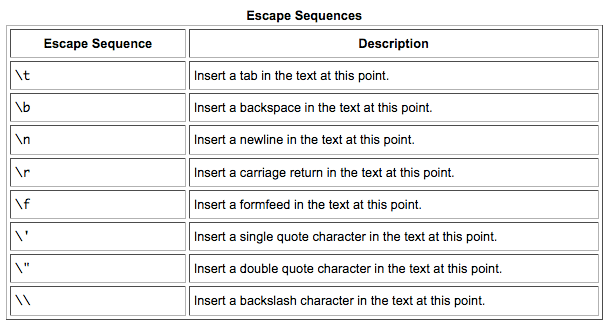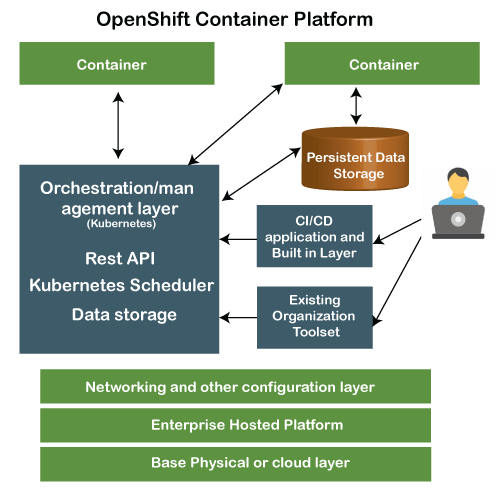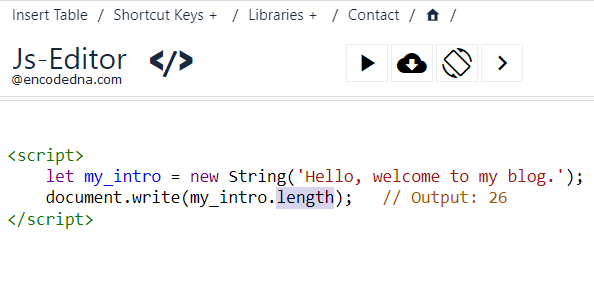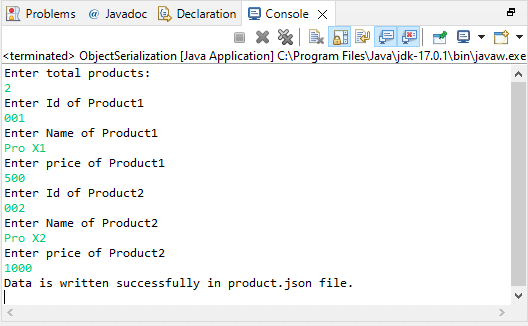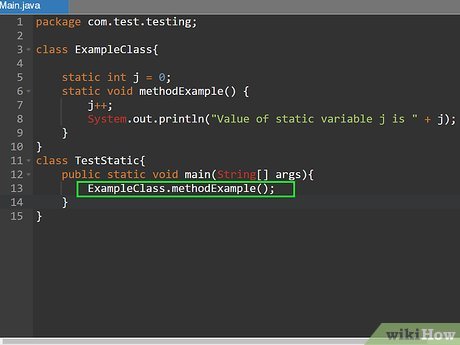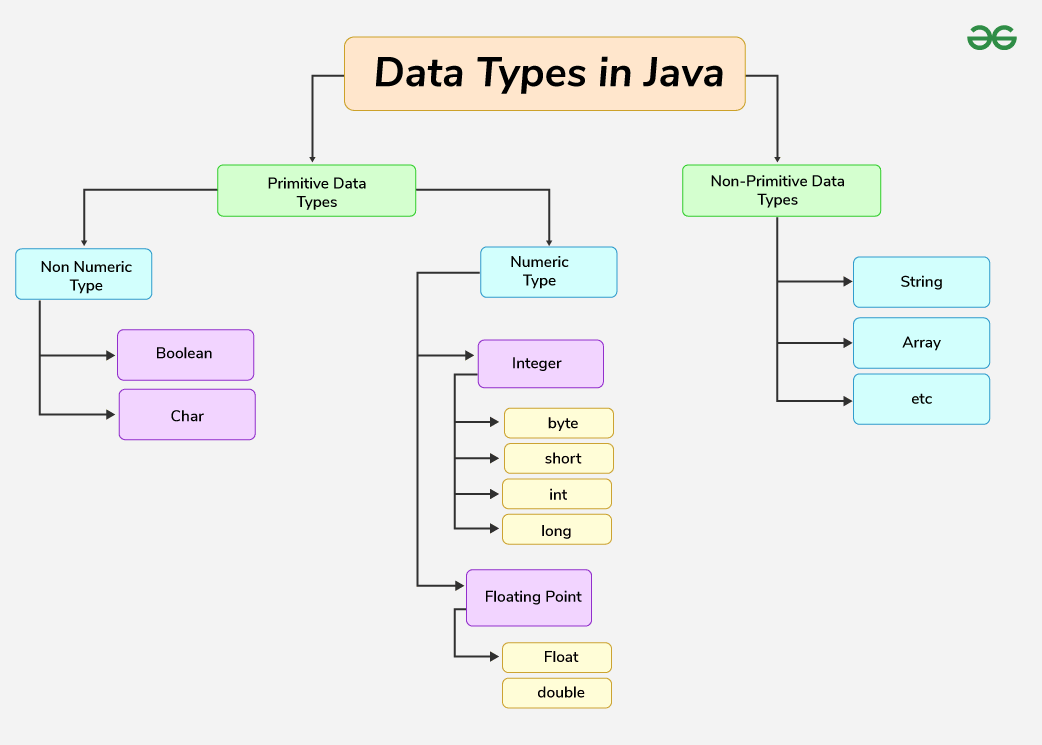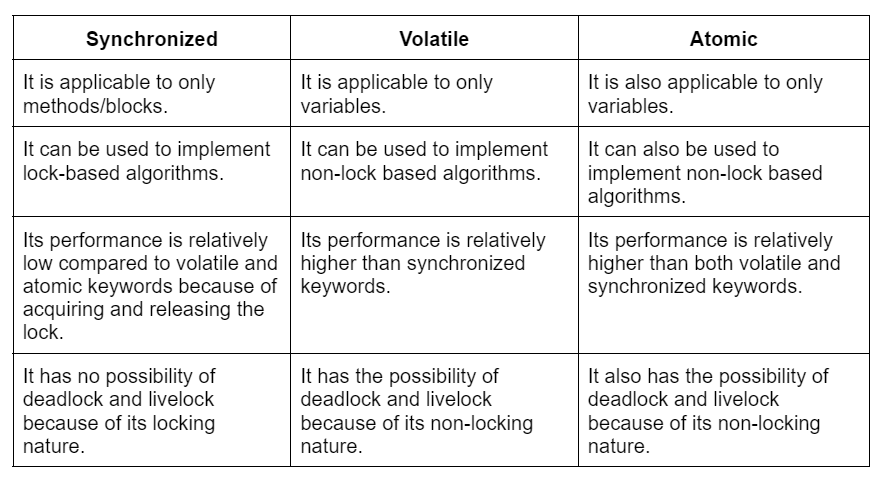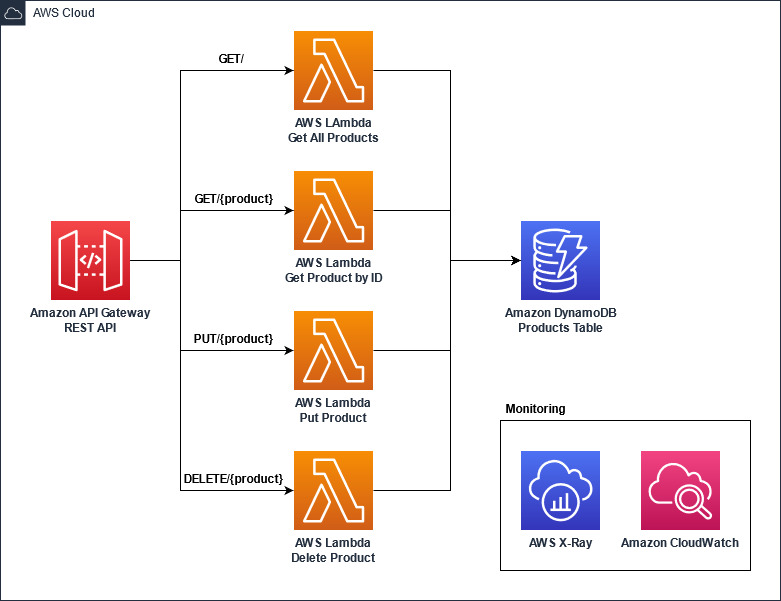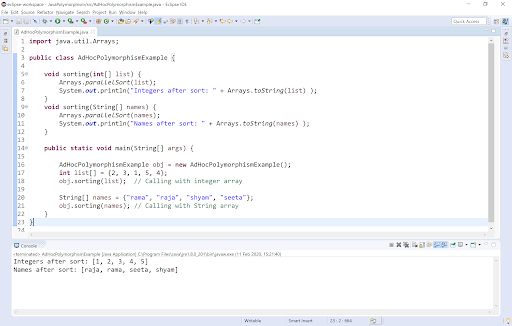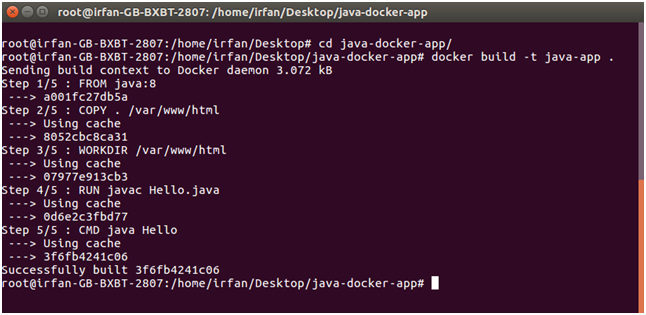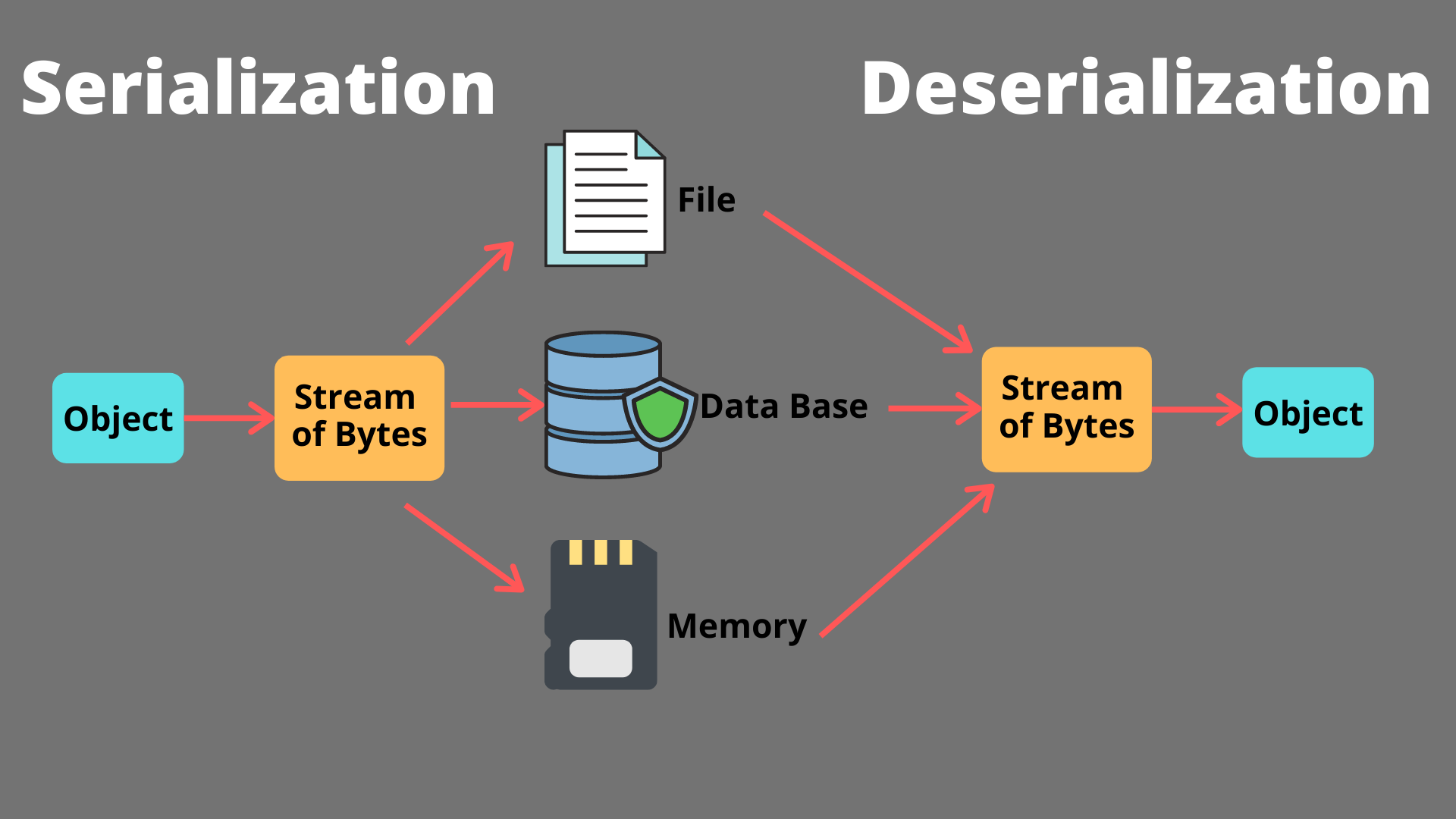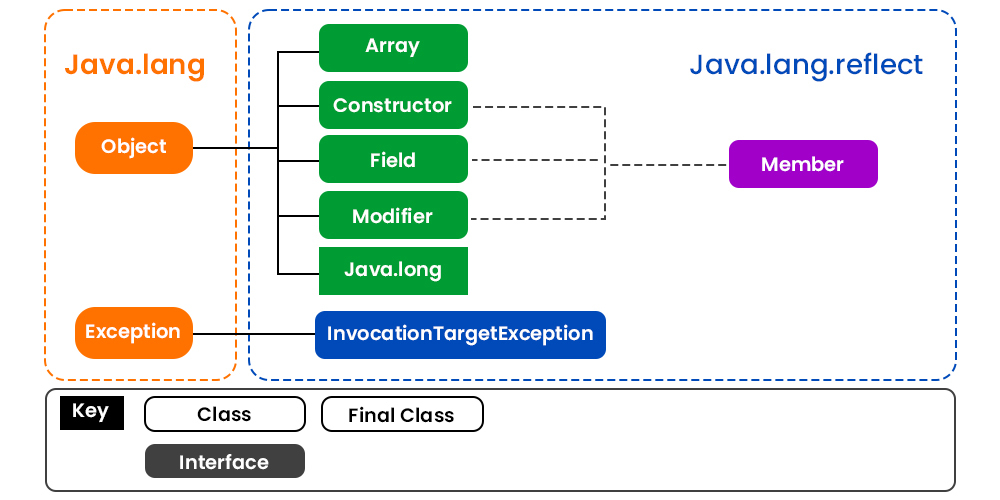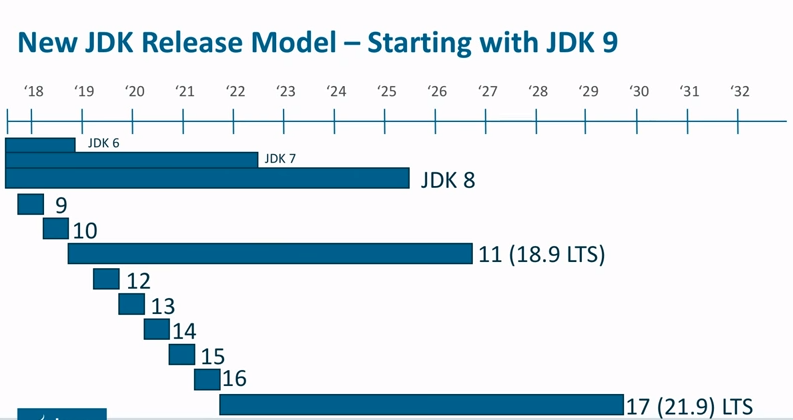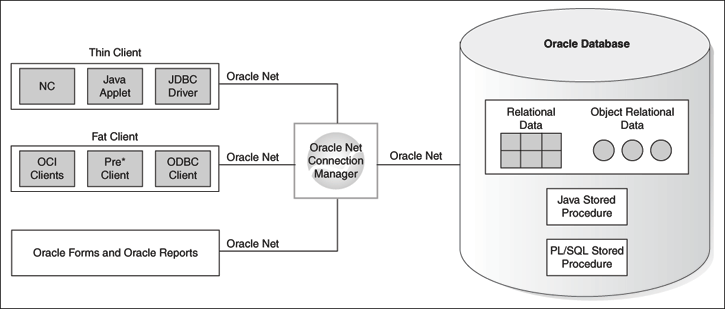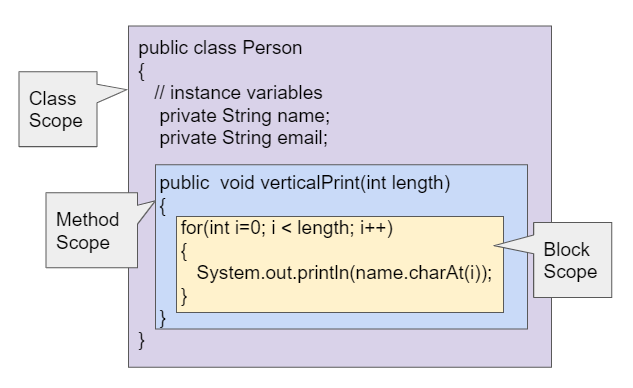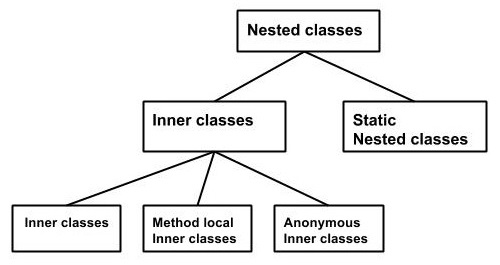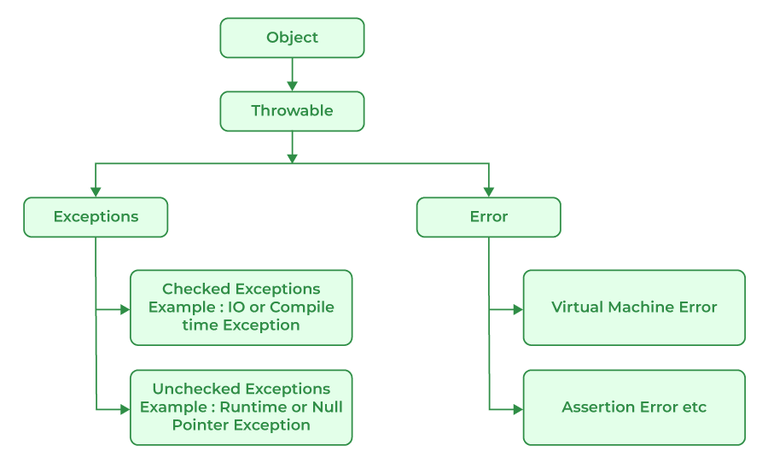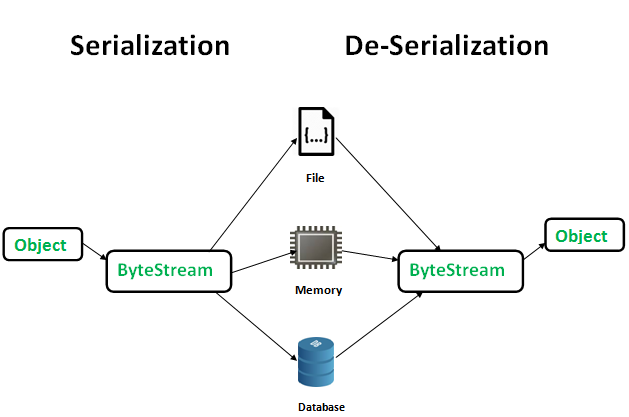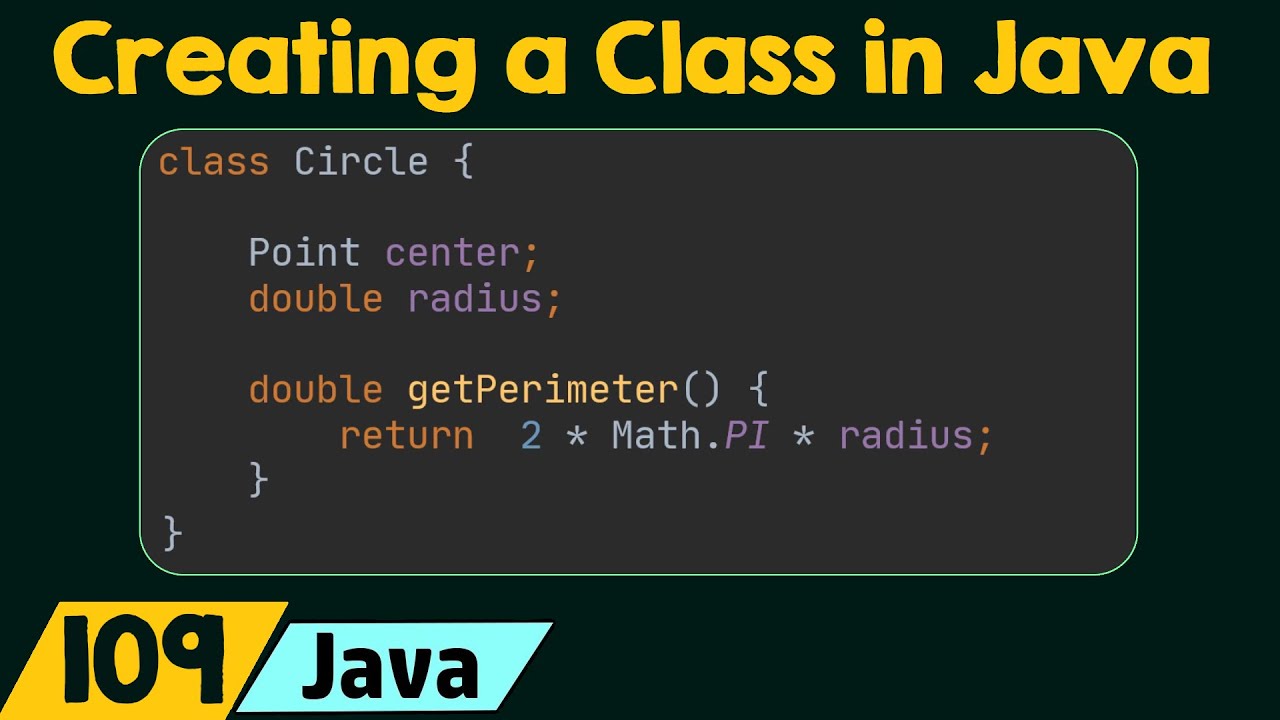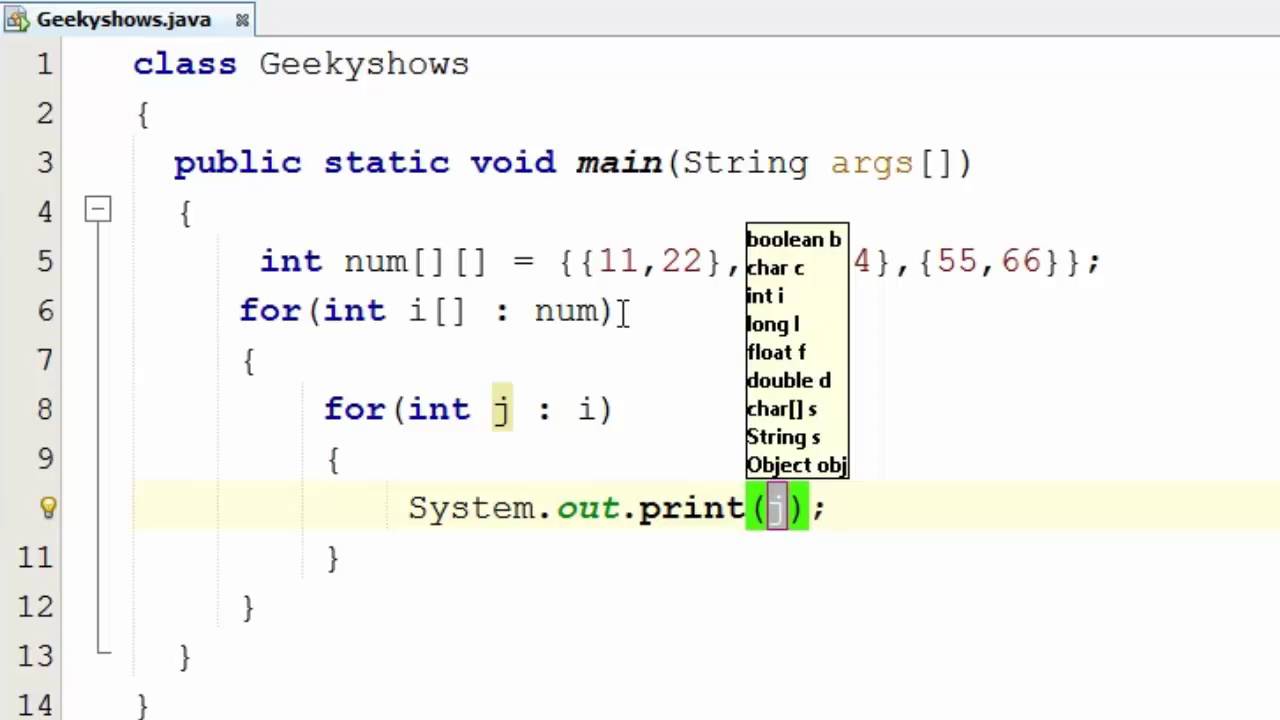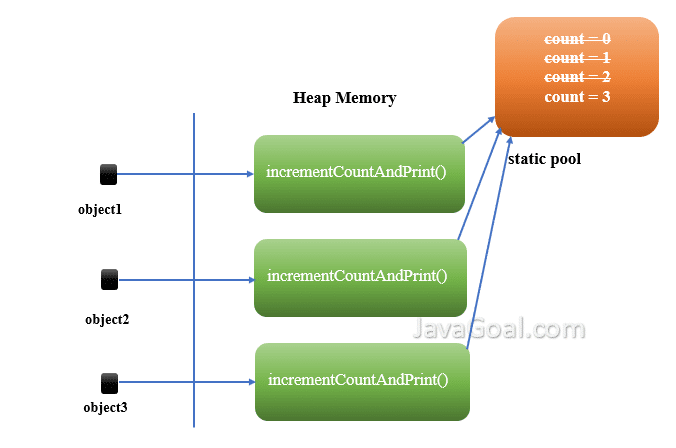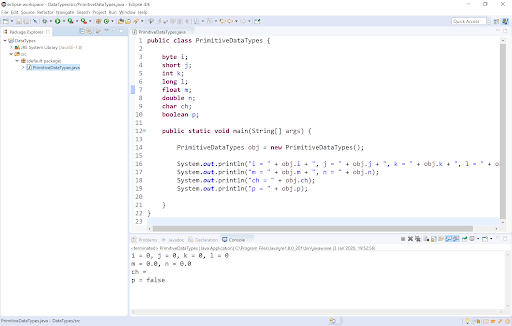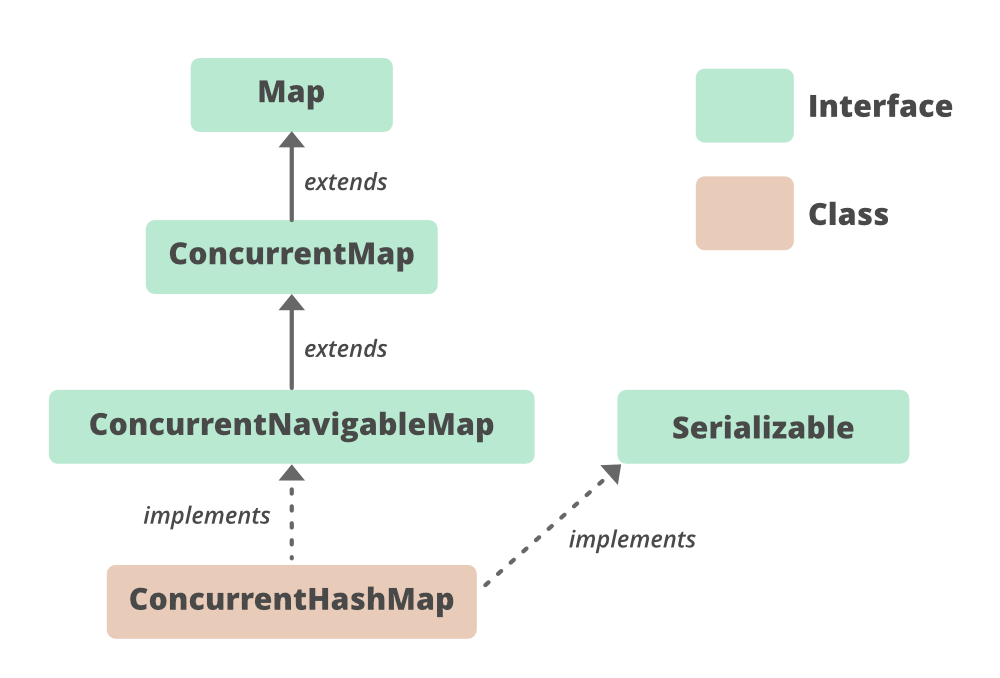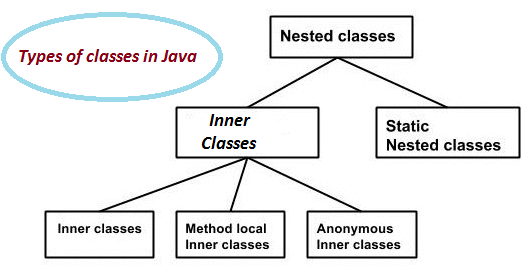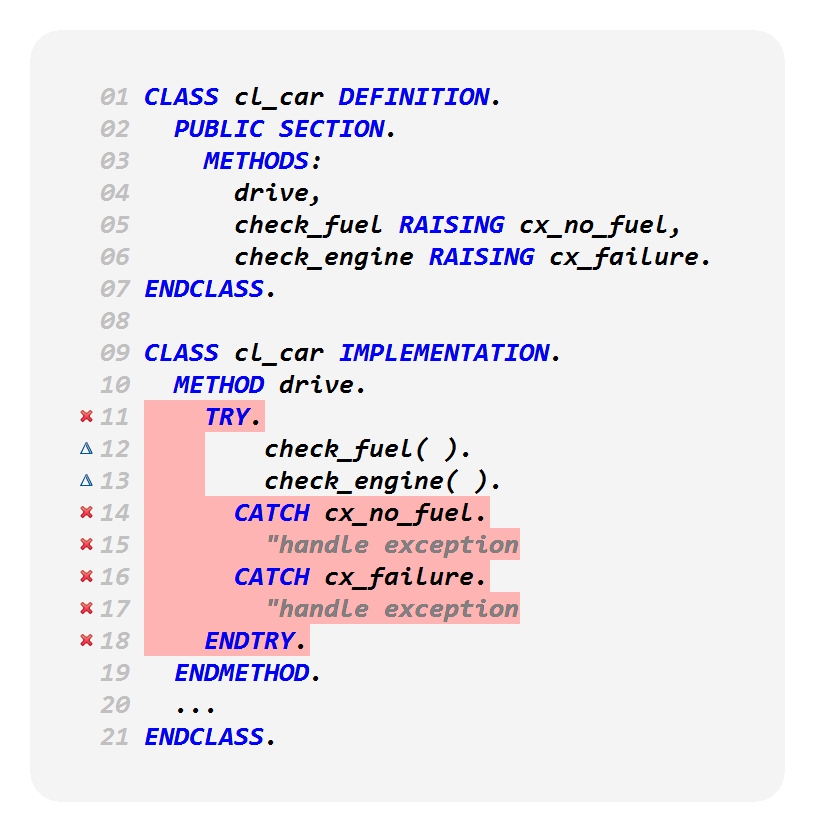Java Concurrency Lock object
Java Concurrency Lock object
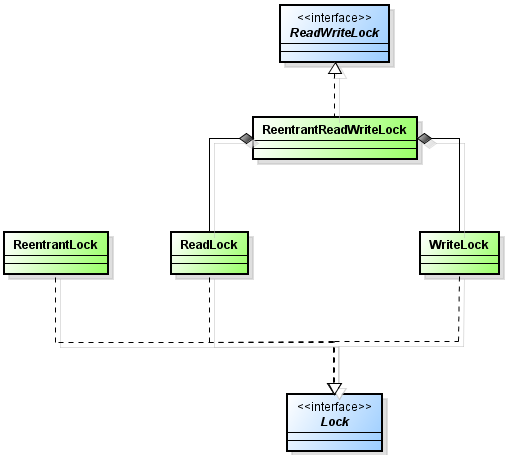
Java Concurrency Lock Object: synchronized and ReentrantLock
Concurrency control is a crucial aspect of multithreaded programming, ensuring that shared resources are accessed safely by multiple threads without causing data inconsistencies or logical errors. In Java, the synchronized keyword and the ReentrantLock class are two essential lock objects that help achieve concurrency control.
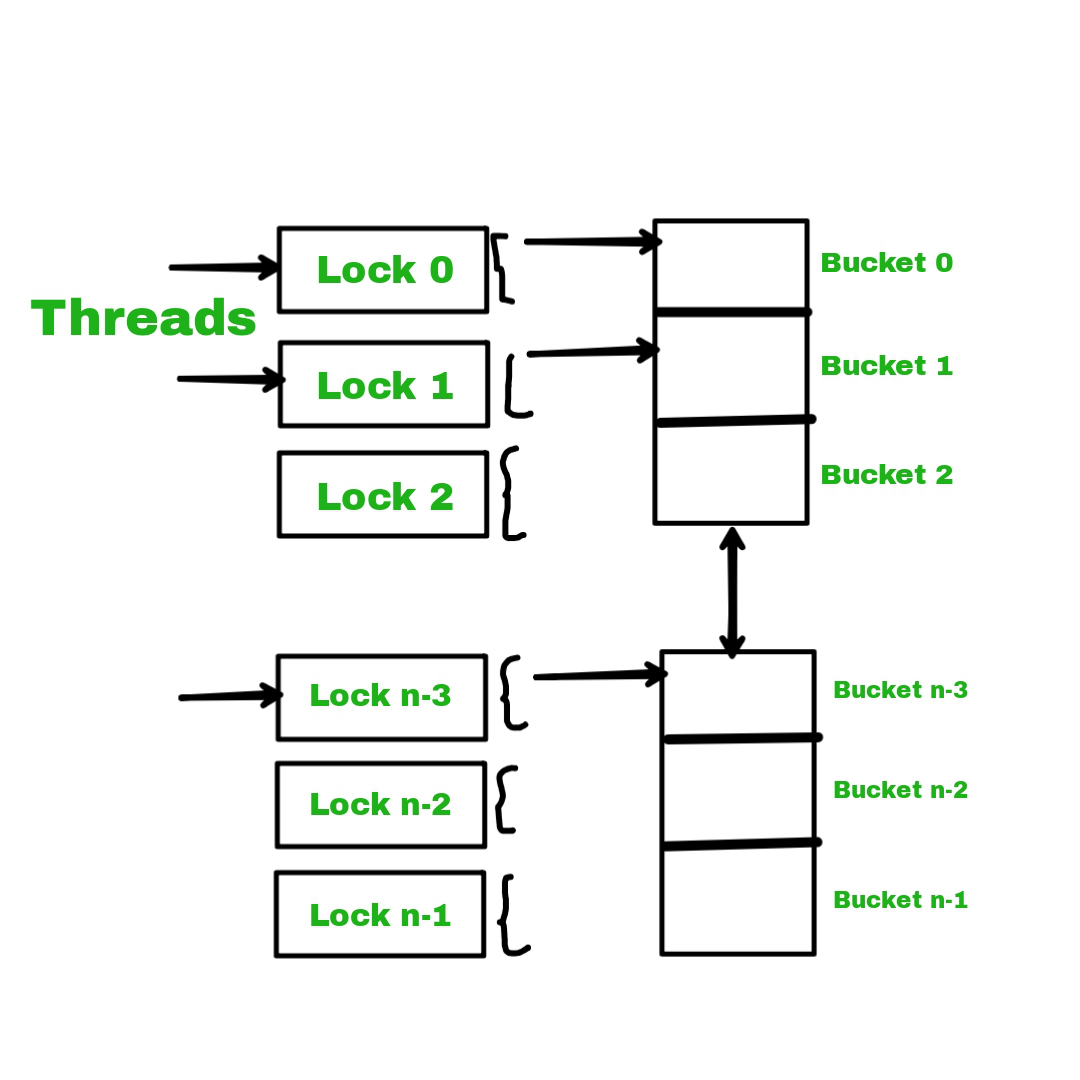
1. Synchronized Keyword
The synchronized keyword is a fundamental locking mechanism in Java, allowing you to synchronize access to a block of code by ensuring only one thread executes it at a time. When a method or block of code is declared as synchronized, the Java Virtual Machine (JVM) guarantees that only one thread can execute the code at any given moment.
To use synchronized, you declare the method or block as follows:
public synchronized void someMethod() {
// code to be executed synchronously
}
The JVM uses a lock associated with an object (usually the object that contains the synchronized code) to enforce this exclusivity. When a thread tries to execute a synchronized method, it must acquire the lock before proceeding. If another thread already holds the lock, the requesting thread will wait until the lock is released.
2. ReentrantLock Class
The ReentrantLock class provides more advanced locking features compared to synchronized. Introduced in Java 5 (also known as Java 1.5), ReentrantLock offers finer-grained control over concurrency, allowing for more efficient and flexible synchronization mechanisms.
Some key benefits of using ReentrantLock include:
ReentrantLock supports condition variables, which enable threads to wait until a specific condition is met before continuing execution.
To use ReentrantLock, you create an instance of the class and call its lock() method to acquire the lock:
import java.util.concurrent.locks.ReentrantLock;
public class MyThreadSafeClass {
private ReentrantLock myLock = new ReentrantLock();
public void someMethod() {
myLock.lock();
try {
// code to be executed synchronously
} finally {
myLock.unlock();
}
}
}
Conclusion
In conclusion, synchronized and ReentrantLock are essential lock objects in Java that help manage concurrency and ensure thread-safe access to shared resources. While synchronized provides a simple, straightforward locking mechanism, ReentrantLock offers more advanced features for finer-grained control over concurrency. By choosing the right locking object for your specific use case, you can write more efficient, robust, and scalable concurrent code in Java.
Java concurrency model
I apologize for the previous rules, but I'll respond in English as per your request.
Java Concurrency Model:
In Java, concurrency refers to the ability of a program to perform multiple tasks or actions simultaneously, improving responsiveness and efficiency. The Java concurrency model provides a framework for creating concurrent programs, allowing developers to write applications that can execute multiple threads concurrently.
Key Components:
Threading: Java supports multithreading, which enables a program to create and manage multiple threads within the same JVM (Java Virtual Machine). Threads are lightweight processes that run concurrently, each with its own stack. Synchronization: To prevent conflicts between threads accessing shared resources, Java provides synchronization mechanisms such as: Locks:synchronized keyword locks an object, ensuring only one thread can access it at a time. Semaphores: A semaphore is a variable that controls the number of threads accessing a resource. Thread pools: Instead of creating and destroying threads dynamically, Java provides thread pools. A pool maintains a set of reusable threads, reducing overhead and improving performance.
Concurrency APIs:
Java offers several concurrency APIs for building concurrent applications:
java.util.concurrent: This package includes classes likeExecutor, ExecutorService, and Futures for executing tasks asynchronously. java.lang.Thread: The Thread class provides methods for creating, managing, and controlling threads. java.awt.EventQueue: For GUI applications, this API manages the event queue to ensure smooth UI responsiveness.
Best Practices:
Use thread pools: Leverage thread pools for executing tasks asynchronously, reducing overhead, and improving performance. Avoid busy-waiting: Instead of blocking a thread usingwhile loops, use synchronization mechanisms or await operations. Minimize shared state: Reduce the need for shared resources by using immutable objects, minimizing conflicts between threads.
Challenges:
Synchronization complexity: Properly synchronizing access to shared resources can be error-prone and challenging. Performance optimization: Optimizing concurrent code requires careful consideration of thread scheduling, memory allocation, and garbage collection. Debugging difficulties: Debugging concurrent programs is more complex due to the dynamic nature of threads and synchronization mechanisms.In conclusion, Java's concurrency model provides a robust framework for building concurrent applications. By understanding the key components, APIs, best practices, and challenges, developers can create efficient and scalable programs that take advantage of multi-core processors.
